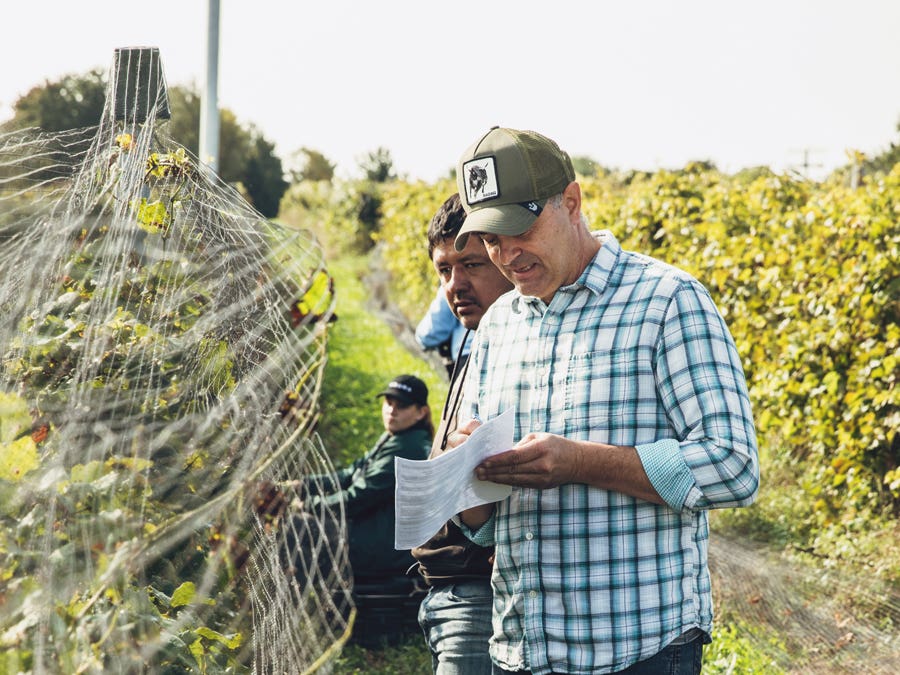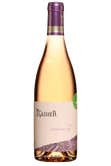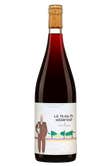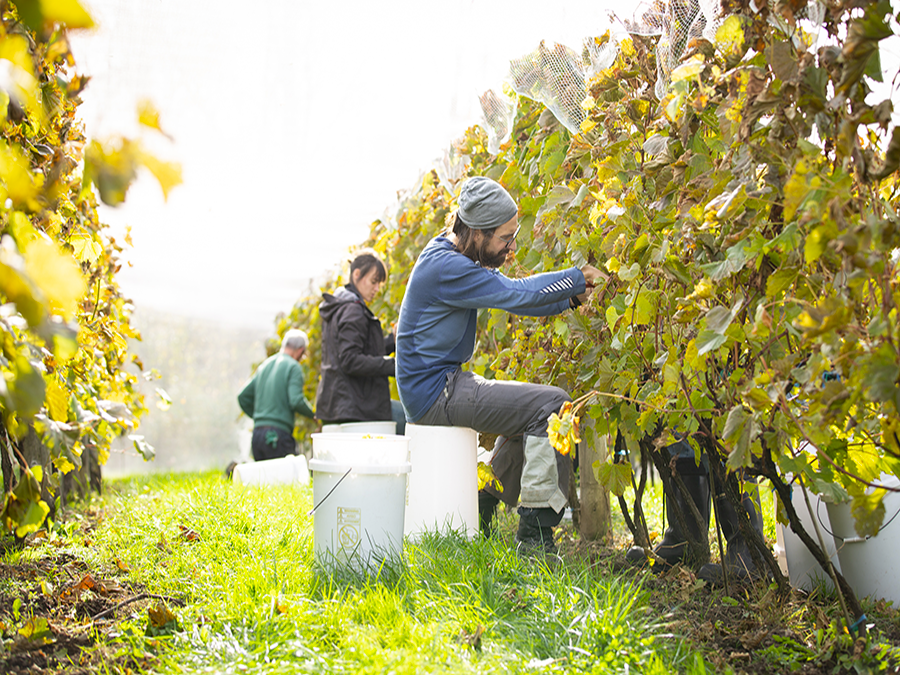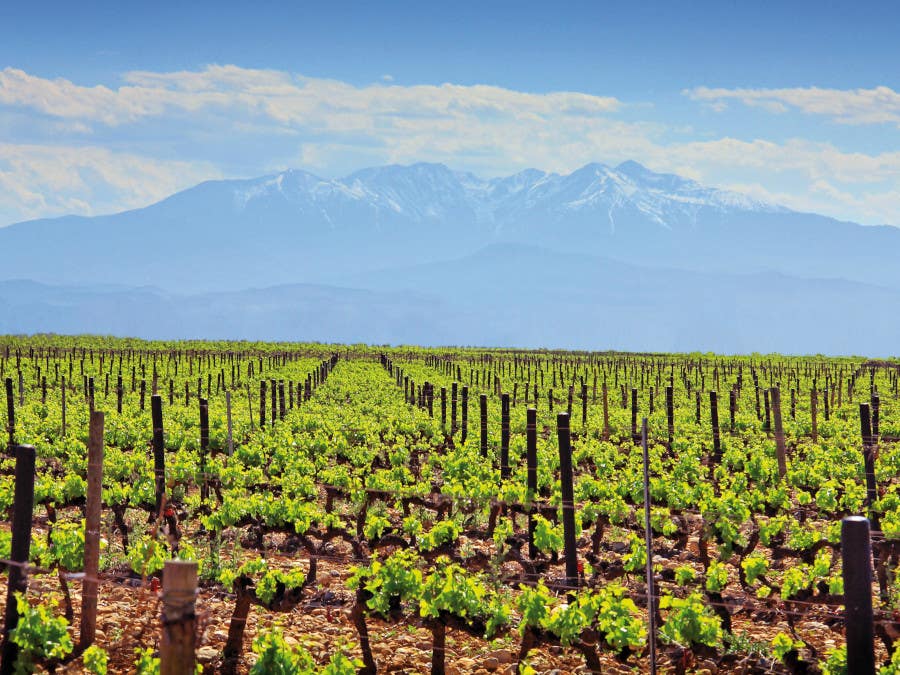At De La Bauge, a vineyard in Brigham, Quebec, and Château de Nages, another in Costières de Nîmes, France, two pioneers are working on transforming the viticultural landscape through regenerative agriculture. This forward-thinking process borrows from both ancient and modern farming practices. “Sometimes, people pit organic versus biodynamic, but regenerative agriculture integrates a variety of techniques, as long as it makes sense,” said winemaker Michel Gassier. It’s a philosophy where all good ideas are accepted, whether they come from permaculture, agroforestry, integrated farming, CSR, ESG, or B Corp certification. The winemaker summarized this complex approach by describing it as the revitalization of three fundamental areas: the soil, the ecosystem and the community.
The idea is to adopt a farming approach that’s not only mindful of the environment, but also truly beneficial for the planet and its inhabitants. It could even realistically help fight climate change.
REGENERATING THREE AREAS
SOIL
With regenerative agriculture, the goal is to return to naturally rich and fertile soil. This is achieved by increasing the amount of organic matter in the soil. How? By reusing and composting it rather than destroying it and by planting cover crops, among other things. “Instead of leaving the soil bare after the summer, you plant other things so that during the winter grapevine dormancy period, greenery grows in that soil. Those plants will help capture the carbon in the atmosphere, and when they reincorporate it into the soil, it enriches the organic matter,” explained Michel. This type of regeneration therefore also has “a very positive effect on the evolution of the climate.”
ECOSYSTEM
Regenerative viticulture also aims to restore diversity to the ecosystems, which have long been imperiled due to mass agriculture. “With the advent of mechanization, [...] we created huge swathes of monocultures, which is ecological nonsense. It made our soil fragile, and people use pesticides to compensate.” The strategy consists of breaking up the monocultures by reintroducing a variety of natural habitats. “You replot the land, integrate different kinds of agriculture, plant hedges, create flowering areas to attract insects and birds, and so on. [...] You need to make space for everything in order to return to a more regulated ecosystem.”
Michel noted that a grapevine can be home to hundreds of different species, only three of which may be harmful to the plant. “A regenerative farmer would ask themselves, ‘What can I boost to help my crops?’ I’ll help my friends instead of attacking my enemies by, for example, introducing a predator that will eliminate the three harmful species and halt their proliferation. That’s how you restore an ecosystem.” Simon agreed, adding that “a stressed grapevine is more vulnerable to disease, so the more stress it feels, the more it’ll need to be treated with stronger and stronger chemicals just to keep it alive. And that’s not what we want to do. Instead, we try to increase the plant’s resilience so it can fight whatever is attacking it itself.”
COMMUNITY
This element is bolstered through farmers helping each other and through the work conditions at the vineyards. “We just finished building 25 homes to house our staff, and we set up an agriculture scholarship for people from disadvantaged backgrounds,” said Michel. Regenerative viticulture also relies on solidarity among farmers, knowledge-sharing and beneficial practices.
A cluster of visionaries
Innovation is deeply rooted in the Gassier family’s practices. Michel, a fourth-generation winemaker, embraced regenerative viticulture thanks to his daughter, Isabel. After studying wine science and viticulture in Switzerland and gaining significant experience in California, she brought back a creative vision to the family vineyard in Nîmes. “She was extremely persuasive and got me on board!” said Michel. In 2021, she returned to the homestead to help her dad with the transition, and in 2023, their 170-acre winery became the first in France to receive regenerative agriculture certification. This practice fits in perfectly with the business’s long-standing values.
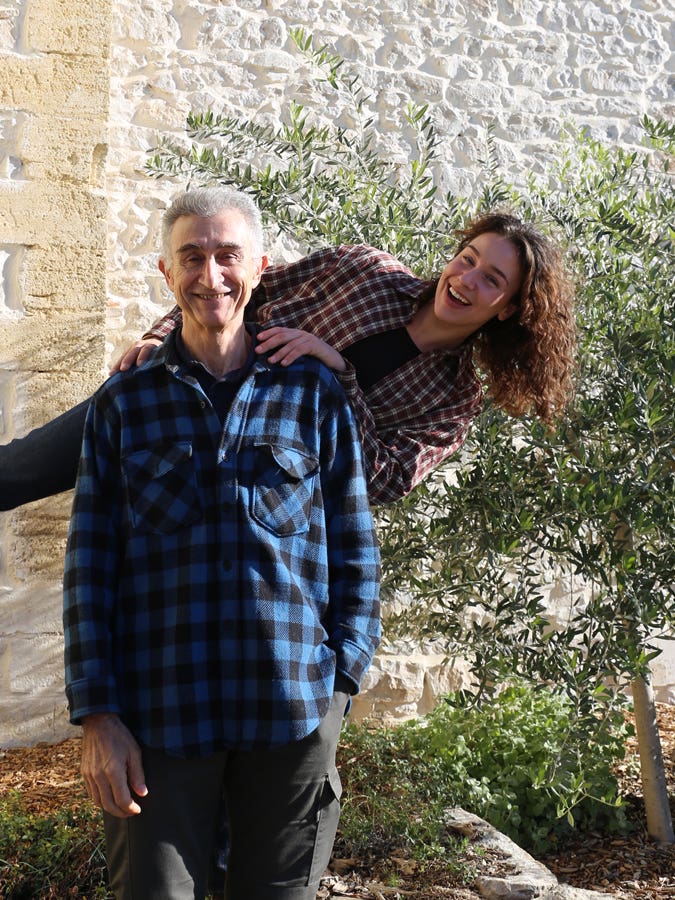

“Our family lives by the Antoine de Saint-Exupéry quote, ‘We do not inherit the Earth from our ancestors, we borrow it from our children.’ I was raised to believe that what we leave to the next generation should be at least as good, if not better, than what we had. That’s always been my thinking, and I hope that my daughter continues in the family business.”
— Michel Gassier
As for Simon Naud at the De La Bauge vineyard, he began exploring organic winemaking after 20 years of doing things the traditional way. But after a single season where he weeded with a tractor instead of using herbicide, he realized that he’d burned 3.5 times more fuel and had driven over the fields in his tractor much more often than when he worked the conventional way, thereby altering the structure of the soil. “I thought, ‘This is nuts!’ My approach was organic, but it clearly wasn’t eco-friendly. I was destroying my property over the long term for the sake of a healthier product—but to the detriment of the planet. That didn’t sit right with me.” It pushed him to adopt an approach that would protect both the environment and his vineyard. In the last three years, the one acre of land he dedicated to regenerative agriculture became a living laboratory.
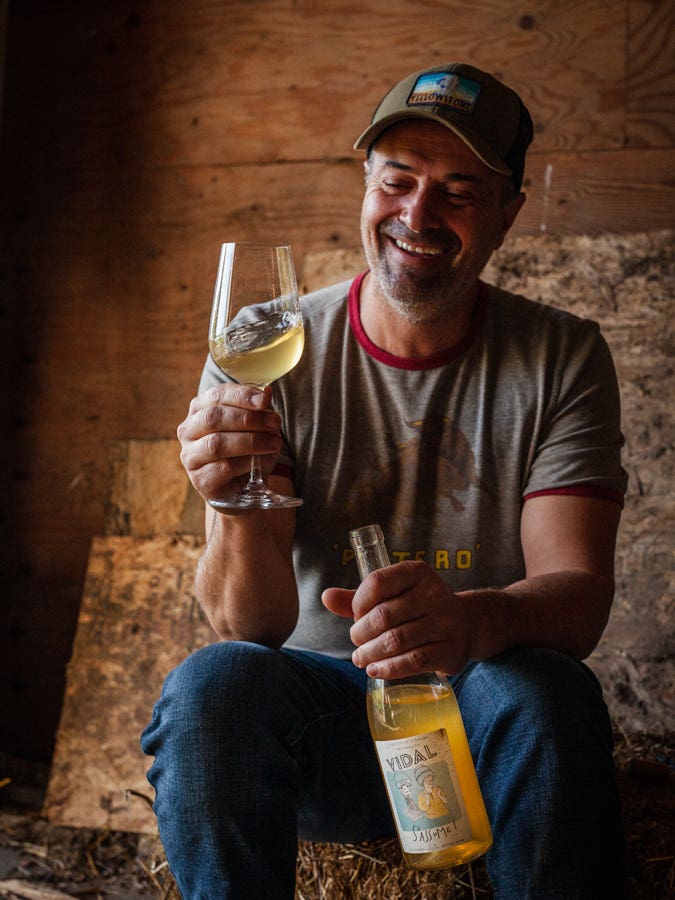

“I do plenty of little experiments, testing things that I can carry out later on a larger scale to prove that it can be done at a big commercial winery.”
— Simon Naud
Swathes of benefits
How do these principles translate in the field? At De La Bauge, Simon drew inspiration from practices he saw in France, where winemakers use sheep to weed their grapevines in winter. “I figured that since our vines are resistant to cold weather and grow tall, I could go as far as to let my animals roam free year round so they can help out with the weeding!” Since they’re everywhere on the plot, they also help fertilize the soil. Over time, Simon found that he had to use his tractor a lot less frequently, which meant softer soil and an increase in microbial activity. “It gave way to a balanced ecosystem,” he said.
As for Michel, he started making his own compost and pivoted to a more circular approach to managing his resources. “We recycle pomace, plant waste, fruit… And we now have everything we need for our vineyard in our cover crop.” He also implemented a 10-year program where they’ll plant hedges and create wooded areas. These initiatives go well beyond what wineries typically do.
“Farming has contributed to climate disruption, but it could become a solution if we go about things differently,” the winemaker said. That’s because bringing organic matter back to the soil has two advantages. “First, it restores the soil’s natural fertility, which means we won’t need to use synthetic products as much. Secondly, it leads to carbon sequestration.” Michel believes that if most of the world’s farmers made the switch to regenerative agriculture, “we could have a significant impact on global warming thanks to the effects of this carbon storage process. The movement is still in its infancy, but with enough support, we can pave the way and drive change.”
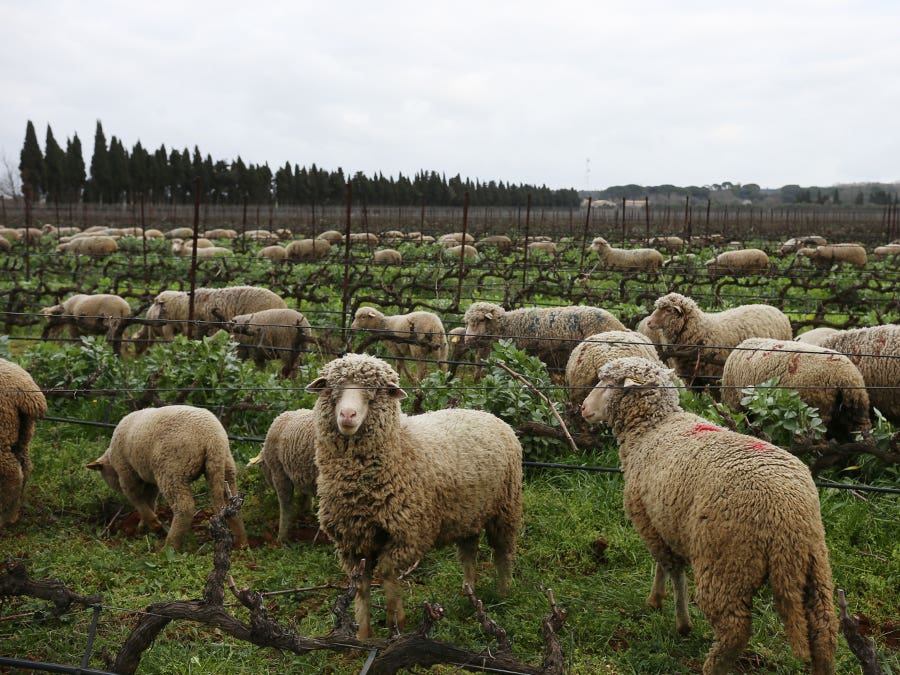

Sheep weeding between grapevines in France
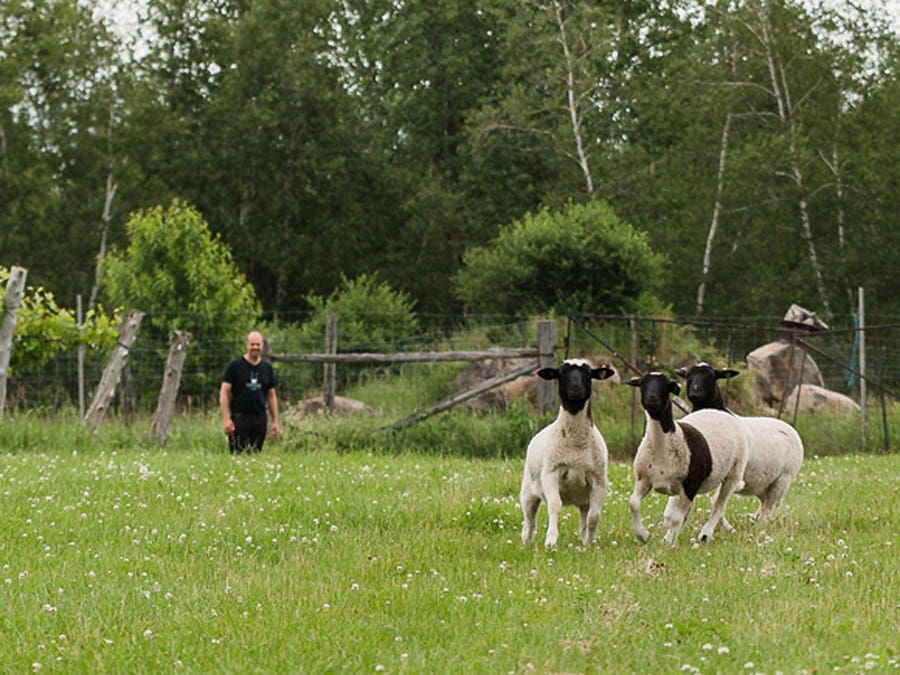

Sheeps at the De La Bauge vineyard
Spotlight on the terroir
Transitioning to regenerative agriculture requires patience, because it takes quite a while to bear fruit. “It’ll take years before we notice any changes,” noted Michel, who only started to truly see a difference in his grapevines five years after converting to organic farming. “I think we’re going to push things even further with regenerative agriculture, particularly when it comes to the terroir. The fewer outside products we use, the more unique our site becomes. I’m convinced it’ll benefit the balance of our wines and make them taste even more like the place where they’re produced.” Simon agreed and said:
“The less we intervene and denature the product, the more the terroir comes out. The idea isn’t to copy a foreign model, but to establish our own thing. Our own signature, our own wine, our own terroir, our own flavours. I don’t want to make the umpteenth Chardonnay in human history. I want to create a wine that’s authentically ours—one that represents my vineyard and what grows naturally here.”
Cheers to the future
Simon and Michel are both optimistic about the future of regenerative agriculture, despite the challenges involved in Quebec and across the Atlantic. “I’m a dreamer, but I do believe that it’s the future of agriculture,” said Michel, noting that after the transition period, this farming method won’t necessarily cost more than traditional ones. If you ask him, consumer buy-in is crucial to this green transition. “I don’t think this revolution will be possible without them also being invested. At the end of the day, they’re the ones who buy and drink the wine. They have to do the work that’s required, follow us and support us.”
“To me, regenerative agriculture is a commitment—it’s a step towards the future,” Simon added. “In the ’80s, Quebec pushed the limits of winemaking in northern areas. The province wasn’t a winemaking region prior to that,” he said. “We’re used to reinventing ourselves. We already have producers who are committed to local winemaking, [...] are open-minded, want to forge ahead, and just need a little inspiration to push the envelope. There are also a lot of organic wineries here. So, I’m sure that will help us with the transition later on.”
Simon hopes to do even more at De La Bauge and inspire his fellow winemakers in Quebec by showcasing the potential of regenerative agriculture and its environmental and economic role. “Imagine a vineyard of the future that’s more resilient for both the planet and the actual vines, as well as the farmers,” he said optimistically.
We’ll drink to that. Cheers to a healthy planet!
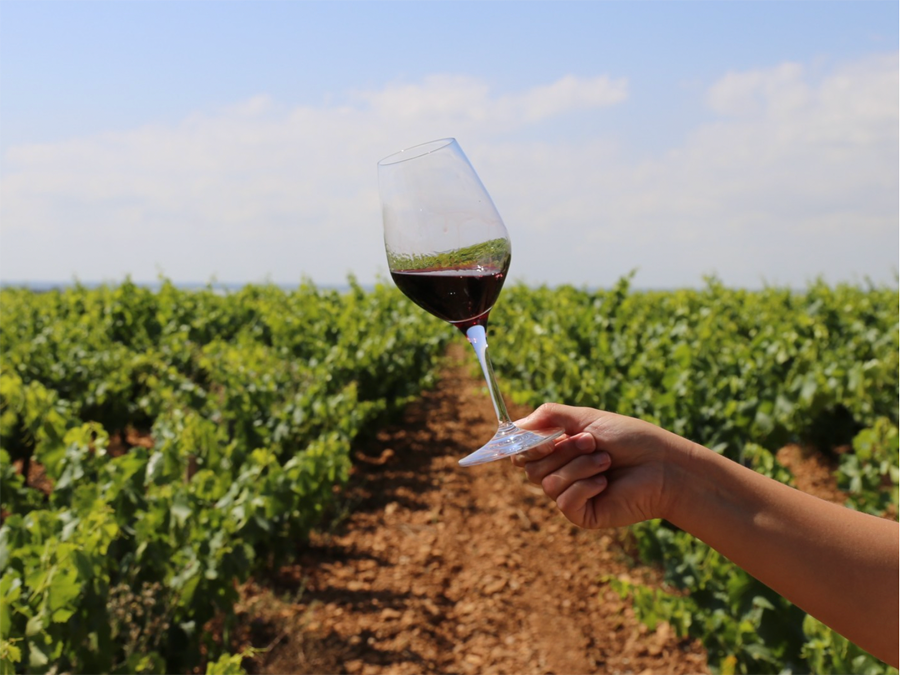

Discover their wines:
We recommend
-
Read more
Three Quebec vintners explain how they create wines that are as good for the planet as they are for wine lovers.
-
Read more
Certified organic and biodynamic for over 25 years, Domaine Cazes is a pioneer in France’s wine world. Discover an exceptional vineyard whose wines convey the essence of their terroir.
-
Read more
Sous le bouchon features an interview conducted by journalist and columnist Anne-Lovely Étienne. She welcomes respected sommelier Michelle Bouffard, who is also co-author of the book "Quel vin pour demain?" and founder of the "Tasting Climate Change Conference".
 Access to SAQ Inspire personalized services and store inventories are unavailable at the moment.
Access to SAQ Inspire personalized services and store inventories are unavailable at the moment. Free in-store delivery with purchases of $75+ in an estimated 3 to 5 business days.
Free in-store delivery with purchases of $75+ in an estimated 3 to 5 business days. 
